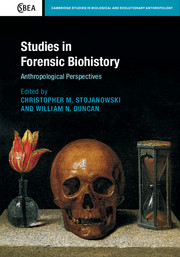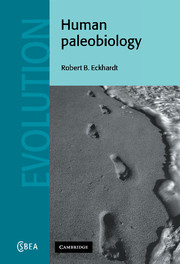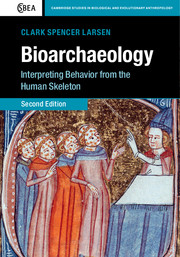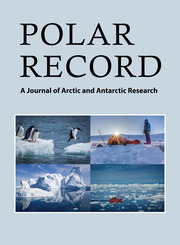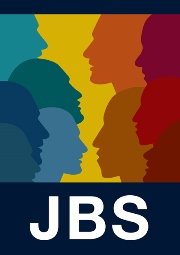Human Remains
Curation, Reburial and Repatriation
$95.00 (C)
Part of Cambridge Texts in Human Bioarchaeology and Osteoarchaeology
- Author: Margaret Clegg, University College London
- Date Published: April 2020
- availability: In stock
- format: Hardback
- isbn: 9781107098381
$
95.00
(C)
Hardback
Other available formats:
Paperback, eBook
Looking for an examination copy?
If you are interested in the title for your course we can consider offering an examination copy. To register your interest please contact [email protected] providing details of the course you are teaching.
-
Working with human remains raises a whole host of ethical issues, from how the remains are used to how and where they are stored. Over recent years, attitudes towards repatriation and reburial have changed considerably and there are now laws in many countries to facilitate or compel the return of remains to claimant communities. Such changes have also brought about new ways of working with and caring for human remains, while enabling their ongoing use in research projects. This has often meant a reevaluation of working practices for both the curation of remains and in providing access to them. This volume will look at the issues and difficulties inherent in holding human remains with global origins, and how diverse institutions and countries have tackled these issues. Essential reading for advanced students in biological anthropology, museum studies, archaeology and anthropology, as well as museum curators, researchers and other professionals.
Read more- Introduces the importance of ethical thinking in dealing with human remains
- Highlights legal and ethical considerations, discussing and comparing regulations and guidelines from a range of countries worldwide
- Looks to the future, giving examples of good practise in working collaboratively with communities, and how this can lead to better science
Reviews & endorsements
‘Each chapter includes brief case studies as well as practical advice. Due to Clegg’s intent to provide a general overview accessible to students, those interested in following up on these issues are directed to the bibliography, which unfortunately seems a little out-of-date. Regardless, advanced students will find much of value here, including the brief quizzes at the end of each chapter, along with an answer key at the end.’ W. Kotter, Choice
Customer reviews
Not yet reviewed
Be the first to review
Review was not posted due to profanity
×Product details
- Date Published: April 2020
- format: Hardback
- isbn: 9781107098381
- length: 184 pages
- dimensions: 235 x 156 x 13 mm
- weight: 0.41kg
- contains: 19 b/w illus.
- availability: In stock
Table of Contents
1. A history of human remains in museum and other collections
2. Human remains and scientific research
3. The legal aspects of human remains
4. Ethical considerations for human remains
5. Good practice in curating human remains
6. Other belief systems and the care of human remains
7. A history of repatriation
8. Repatriation today
9. The importance of provenance
10. Reburial and the alternatives
11. Where we go from here?
Sorry, this resource is locked
Please register or sign in to request access. If you are having problems accessing these resources please email [email protected]
Register Sign in» Proceed
You are now leaving the Cambridge University Press website. Your eBook purchase and download will be completed by our partner www.ebooks.com. Please see the permission section of the www.ebooks.com catalogue page for details of the print & copy limits on our eBooks.
Continue ×Are you sure you want to delete your account?
This cannot be undone.
Thank you for your feedback which will help us improve our service.
If you requested a response, we will make sure to get back to you shortly.
×


